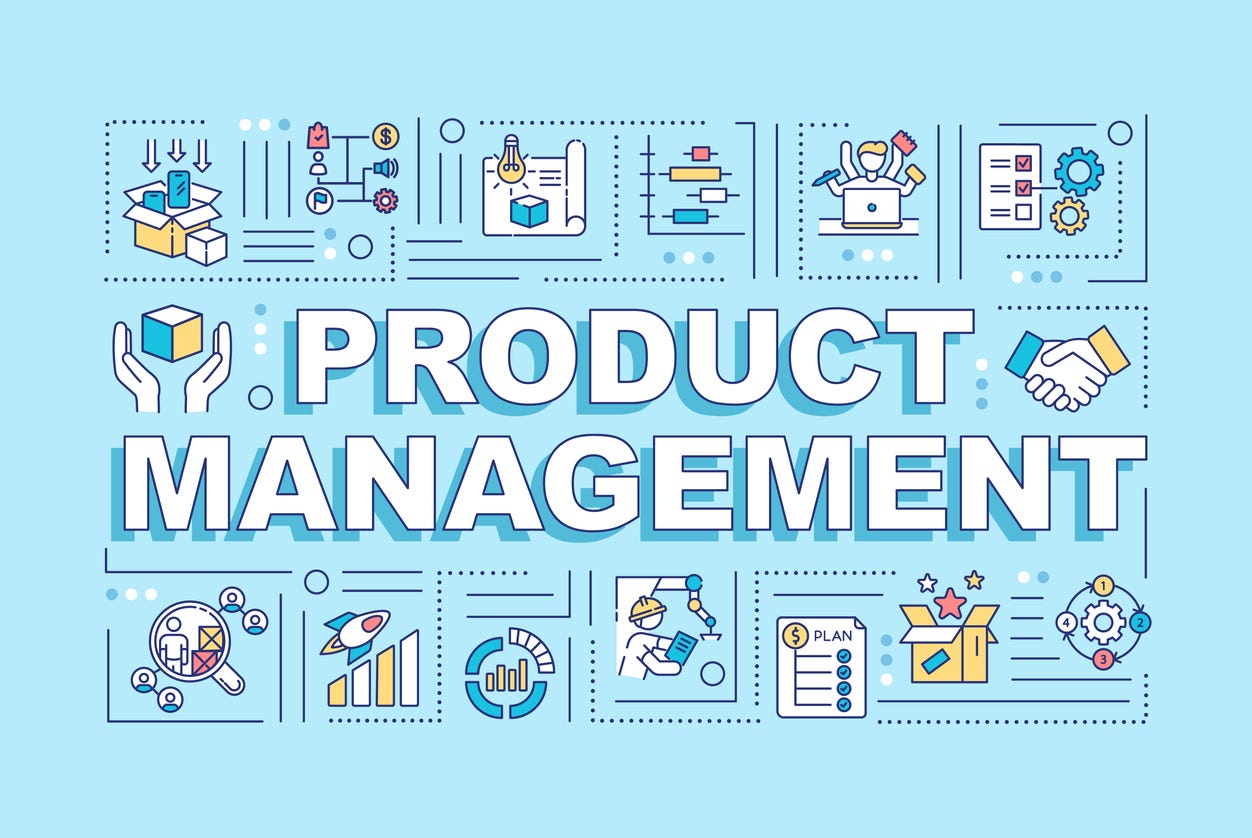In the world of product management, success is not just a destination but a journey marked by clear milestones and continuous learning. Defining and measuring the success of a product is crucial for guiding development, making informed decisions, and ensuring alignment with business goals. But what does success look like for a product? How do you quantify it in a way that aligns with both user satisfaction and company objectives? This article explores the multi-faceted approach to defining and measuring product success, providing valuable insights and actionable strategies for product managers at all levels.
Defining Product Success: A Multi-Dimensional Approach
Defining success for a product is a nuanced task that varies depending on the product’s stage, market, and intended audience. It is essential to consider multiple dimensions, such as user experience, business impact, and market fit. Here are the key factors to consider when defining product success:
1. User Satisfaction
At the heart of any successful product is a satisfied user base. User satisfaction is often the most direct indicator of a product’s success because it reflects how well the product meets the needs and expectations of its users. A high level of user satisfaction typically translates to positive reviews, referrals, and repeat usage, which are all critical for long-term success.
How to Measure User Satisfaction:
- Net Promoter Score (NPS): This measures how likely users are to recommend your product to others. A high NPS indicates strong user satisfaction and loyalty.
- Customer Satisfaction Score (CSAT): This score gauges user satisfaction with a specific interaction or feature.
- Customer Effort Score (CES): Measures how easy it is for users to complete tasks within the product.
2. Business Impact
A successful product not only delights users but also drives business growth. This can be in the form of increased revenue, reduced costs, market share growth, or achieving strategic objectives. Understanding the product’s business impact ensures that the product is not just solving user problems but also contributing to the company’s bottom line.
How to Measure Business Impact:
- Revenue and Profit: Track sales figures, subscription rates, or any other revenue-generating metrics associated with the product.
- Cost Savings: Calculate savings achieved through efficiencies introduced by the product, such as reduced customer support calls or improved internal processes.
- Customer Lifetime Value (CLV): Understand the total value a customer brings over their entire relationship with the company.
3. Market Fit and Competitiveness
For a product to be successful, it needs to fit well within its market and stand out against competitors. Achieving product-market fit means that the product is serving a significant demand in a scalable market. Understanding the competitive landscape also helps in positioning the product effectively.
How to Measure Market Fit and Competitiveness:
- Market Share: Analyze the product’s share of the market relative to competitors.
- Product Usage Metrics: Track metrics such as active users, engagement rates, and retention to gauge market fit.
- Competitive Analysis: Regularly compare your product’s features, pricing, and customer feedback against competitors.
4. Innovation and Product Development
In fast-paced industries, continuous innovation and improvement are crucial for staying relevant. A successful product should evolve over time, incorporating new features, technologies, and user feedback to enhance its value proposition.
How to Measure Innovation and Development:
- Feature Adoption Rates: Monitor how quickly and widely new features are adopted by users.
- Development Cycle Time: Track the time taken to develop and launch new features or updates.
- User Feedback and Suggestions: Regularly gather and analyze feedback to understand user needs and potential areas for innovation.
Measuring Product Success: Key Metrics and KPIs
Once you’ve defined what success looks like for your product, the next step is to measure it using key performance indicators (KPIs) and metrics. Here are some of the most important metrics to consider:
1. Acquisition Metrics
These metrics help you understand how effectively you are attracting new users or customers to your product.
- Customer Acquisition Cost (CAC): Measures the cost associated with acquiring a new customer, including marketing and sales expenses.
- Conversion Rate: The percentage of users who take a desired action, such as signing up for a trial or purchasing a product.
2. Engagement Metrics
Engagement metrics provide insights into how users interact with your product and whether they find it valuable.
- Active Users (DAU, MAU): Track daily and monthly active users to understand product usage trends.
- Session Length and Frequency: Measure how long and how often users interact with your product.
3. Retention Metrics
Retaining users is often more valuable than acquiring new ones. Retention metrics help you understand how well you are keeping your users over time.
- Churn Rate: The percentage of users who stop using your product over a specific period.
- Retention Rate: The percentage of users who continue to use your product over a set period.
4. Monetization Metrics
These metrics focus on how effectively you are generating revenue from your product.
- Average Revenue Per User (ARPU): The average amount of revenue generated per user.
- Gross Margin: The difference between revenue and the cost of goods sold, expressed as a percentage of revenue.
5. Satisfaction and Feedback Metrics
Understanding user sentiment and satisfaction is crucial for long-term success.
- Net Promoter Score (NPS): Measures customer loyalty and satisfaction.
- Customer Feedback: Direct feedback through surveys, reviews, and customer support interactions.
Applying These Metrics Effectively
To effectively define and measure product success, it is essential to:
- Align Metrics with Goals: Ensure that the metrics you choose align with the product’s strategic goals and objectives.
- Regularly Review and Adapt: Metrics should be regularly reviewed and adapted based on market conditions, user feedback, and business changes.
- Use a Balanced Scorecard Approach: Consider multiple dimensions of success to get a holistic view of your product’s performance.
- Leverage Data and Analytics: Utilize data analytics tools to gather insights and make informed decisions.
Defining and measuring product success is a dynamic process that requires a deep understanding of both user needs and business objectives. By focusing on user satisfaction, business impact, market fit, and innovation, and by using the right metrics and KPIs, product managers can ensure their products not only meet but exceed expectations. Success in product management is about creating value for users and driving growth for the business. With a clear definition of success and a robust measurement strategy, you can guide your product to new heights.





One thought on “Defining and Measuring Product Success: A Comprehensive Guide for Product Managers”